With enthusiasm, let’s navigate through the intriguing topic related to 2025, 2025, and 2026 Calendar: A Comprehensive Overview. Let’s weave interesting information and offer fresh perspectives to the readers.
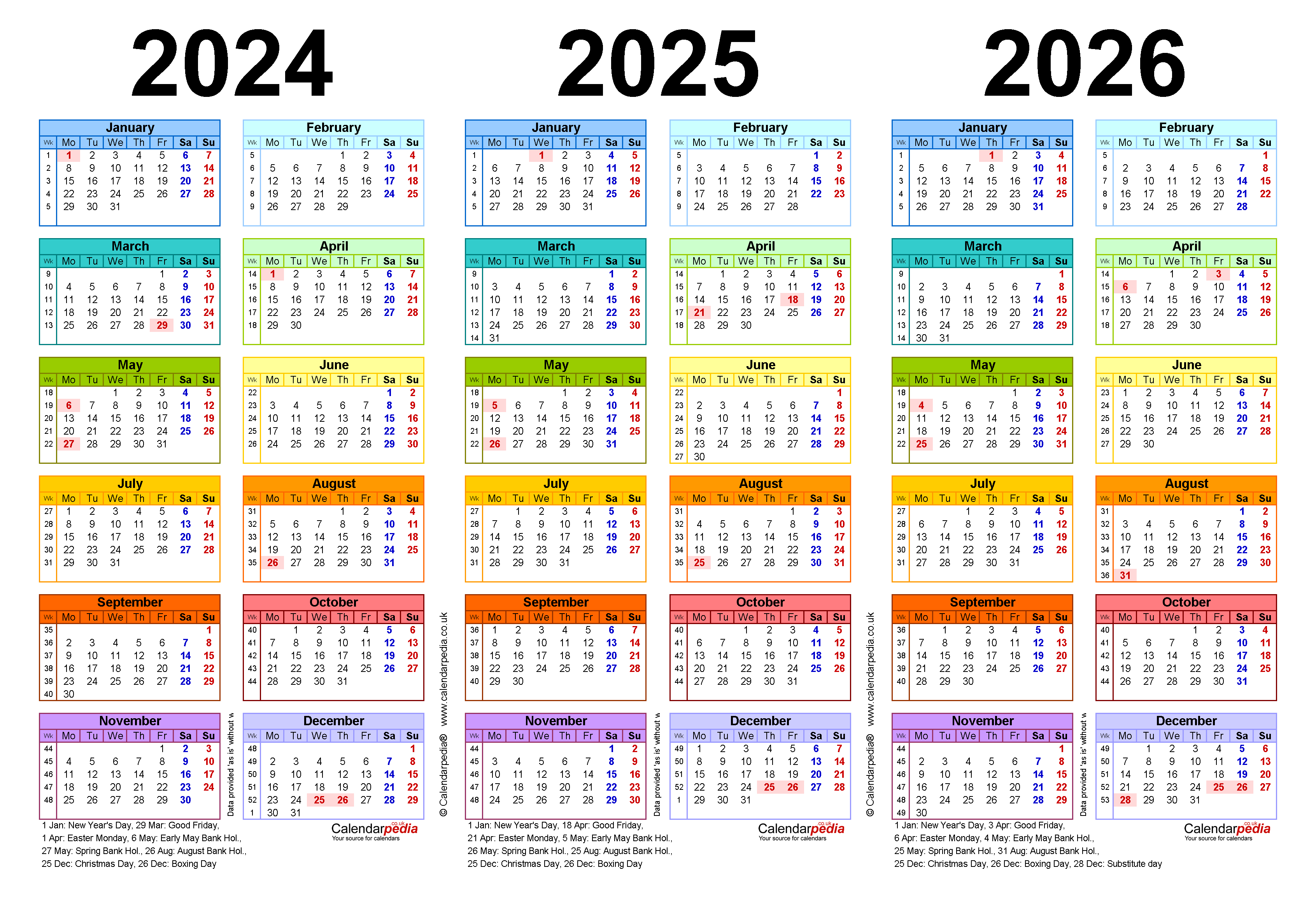

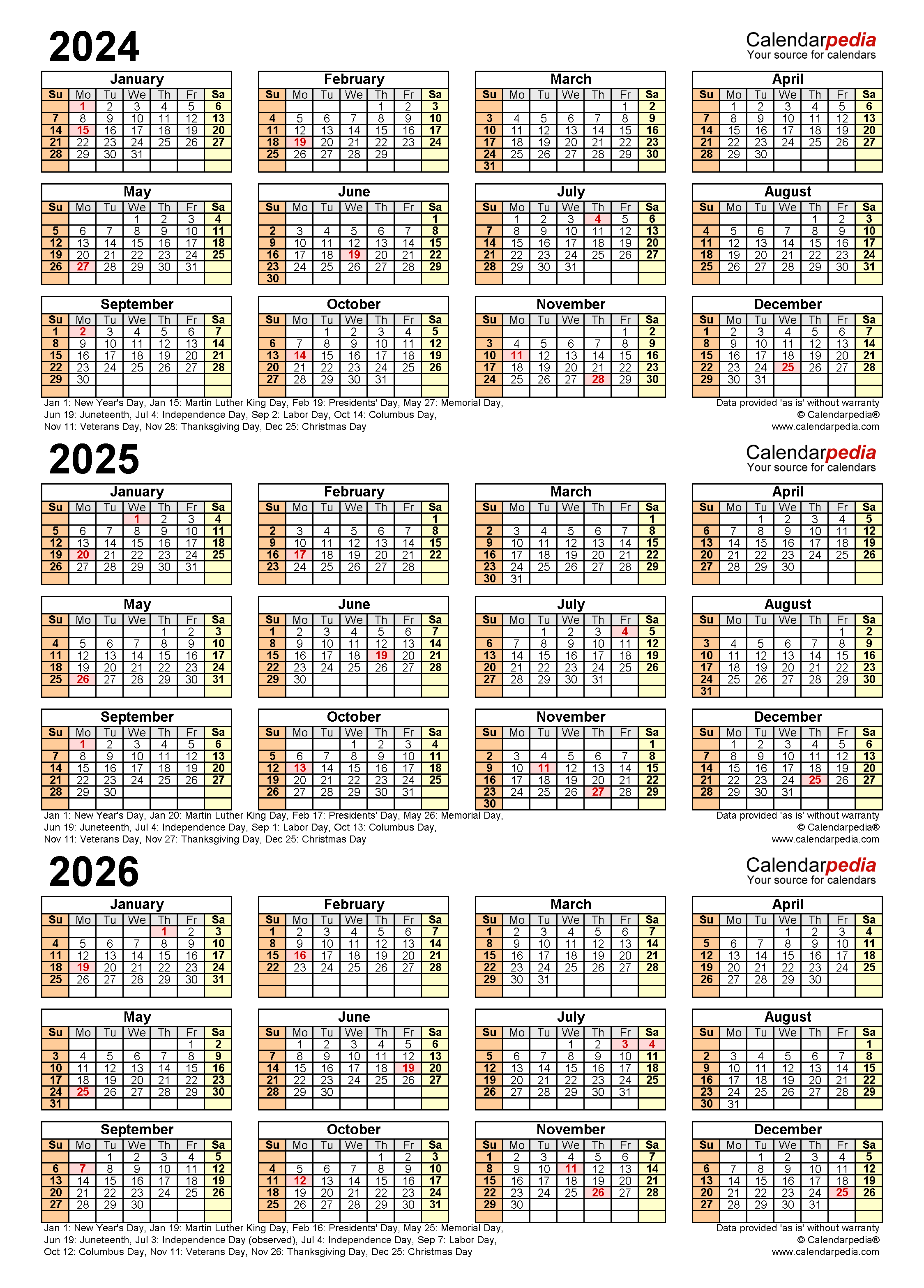
Calendars serve as indispensable tools for organizing our lives, tracking appointments, and planning for the future. They provide a visual representation of time, enabling us to visualize upcoming events and manage our schedules effectively. As we approach the years 2025, 2025, and 2026, it is essential to have a comprehensive calendar at hand to facilitate our planning and organization.
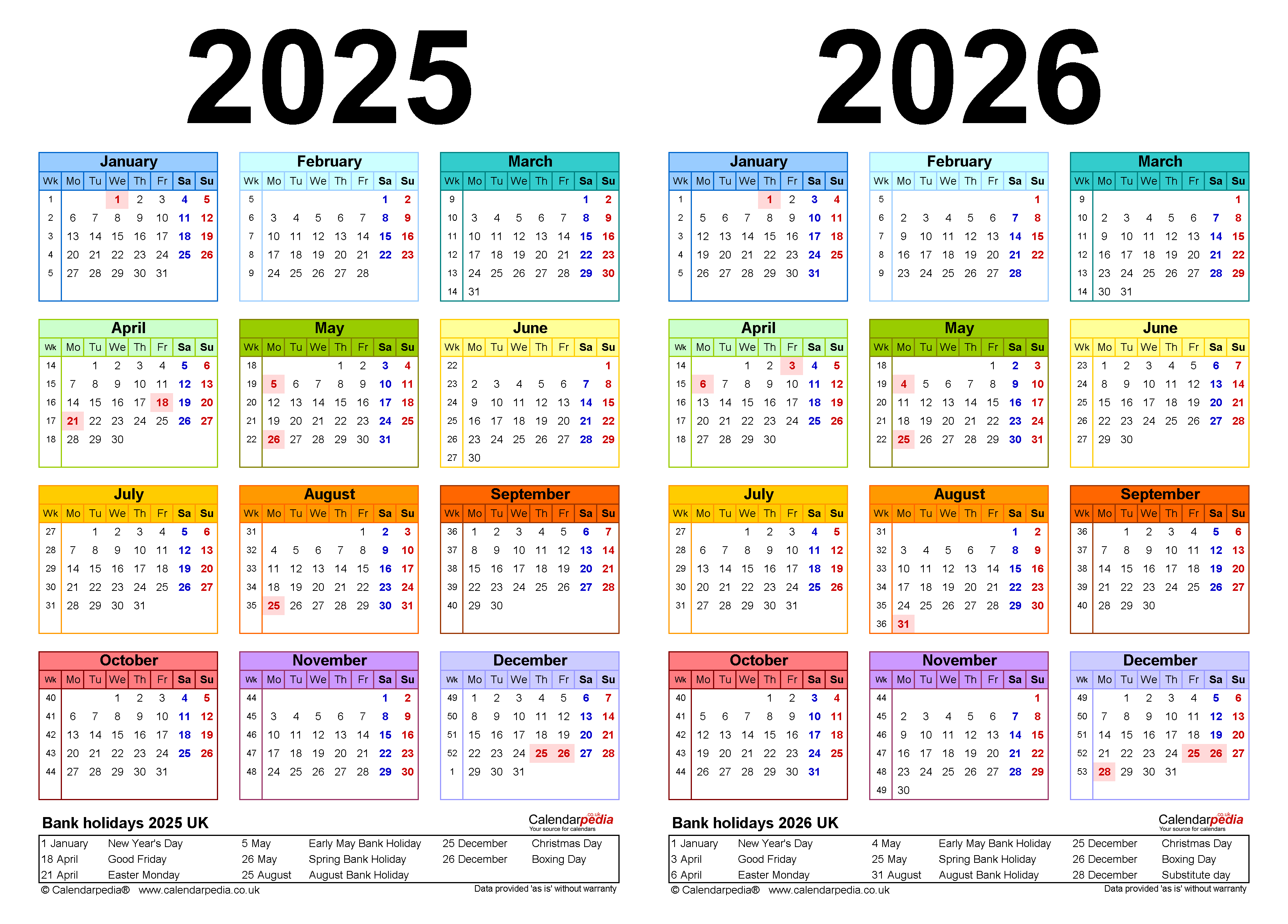
The year 2025 is a leap year, meaning it has 366 days instead of the usual 365. This is because a leap year occurs every four years to compensate for the Earth’s orbit not being exactly 365 days long. In the Gregorian calendar, which is the most widely used calendar in the world today, a leap year occurs when the year is divisible by 4 but not by 100, or when it is divisible by 400.

The 2025 calendar consists of 52 weeks and 1 day. The first day of the year is a Monday, and the last day of the year is a Tuesday. There are 12 months in the year, each with 30 or 31 days, except for February, which has 29 days in a leap year.
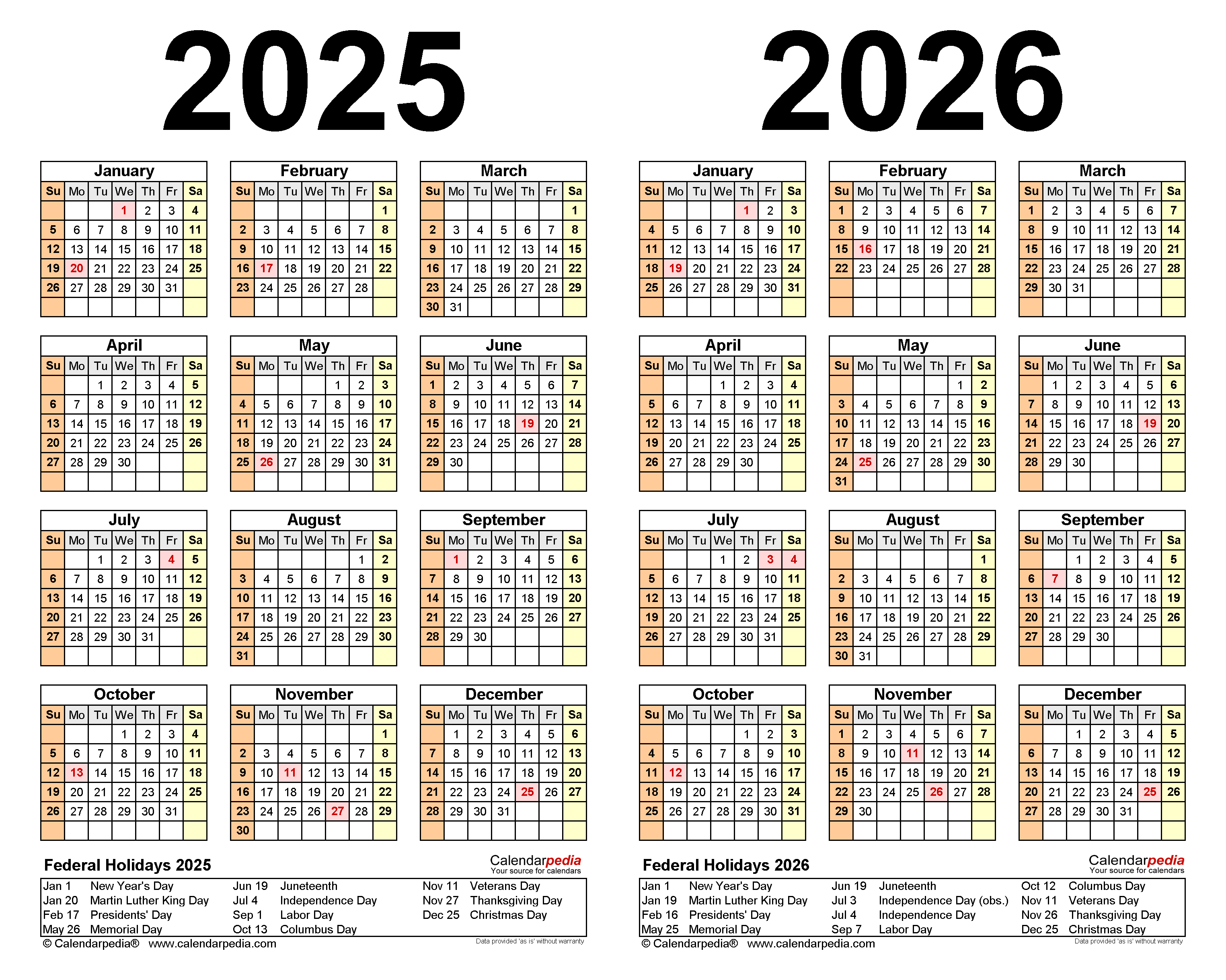
The year 2025 is not a leap year, meaning it has 365 days. The first day of the year is a Wednesday, and the last day of the year is a Wednesday. There are 52 weeks in the year.
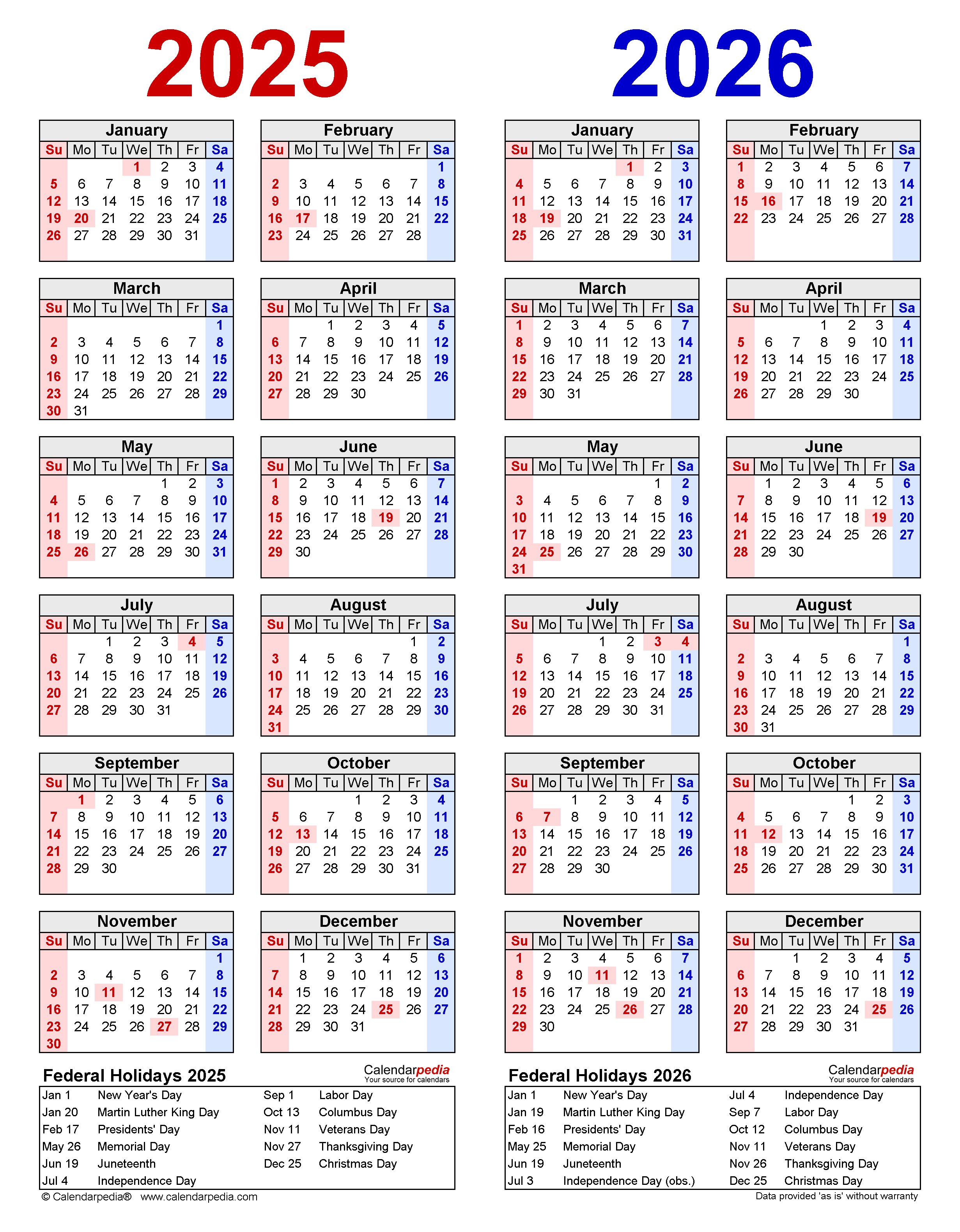
The 2025 calendar consists of 12 months, each with 30 or 31 days. February has 28 days in a non-leap year.
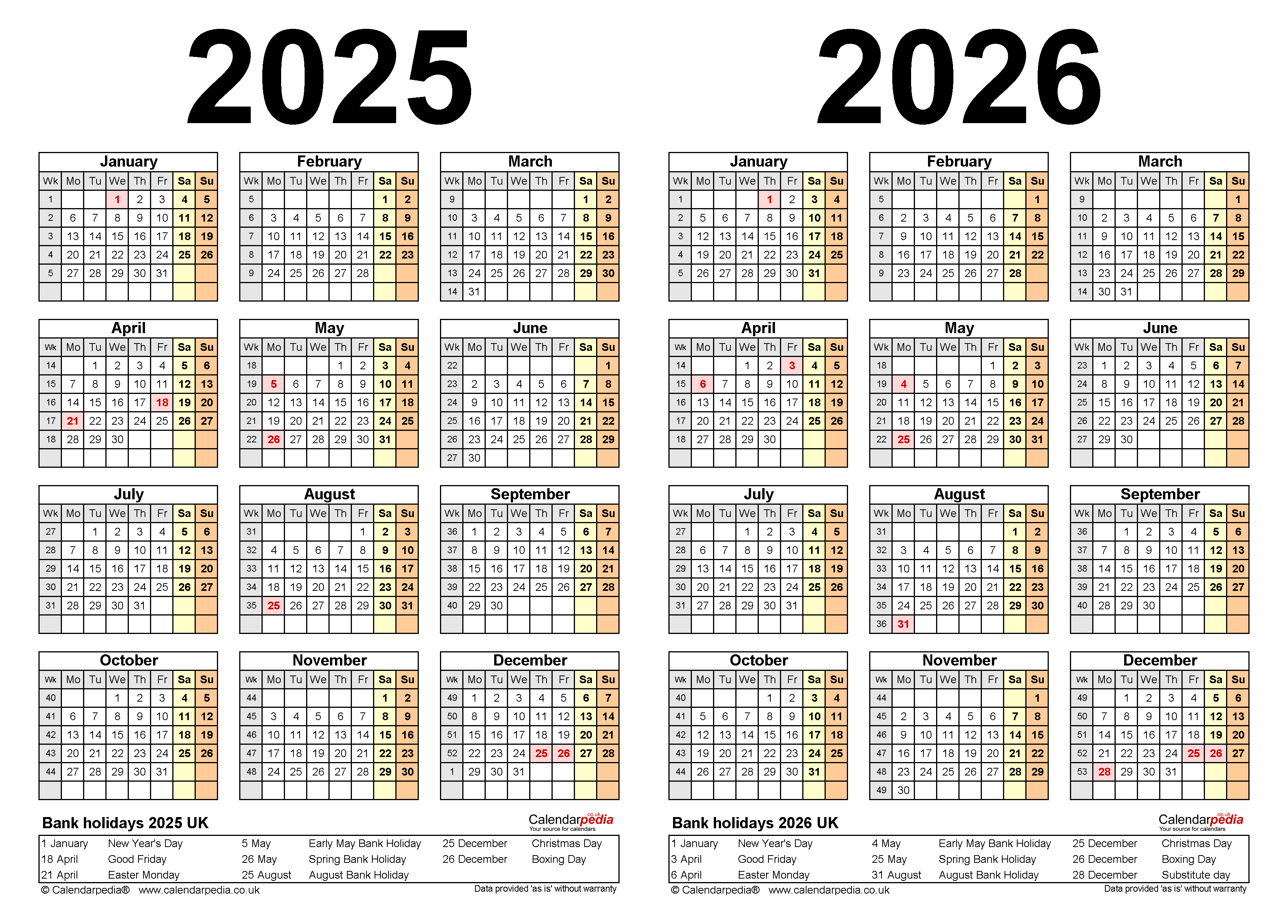
The year 2026 is a leap year, meaning it has 366 days. The first day of the year is a Thursday, and the last day of the year is a Thursday. There are 52 weeks and 1 day in the year.
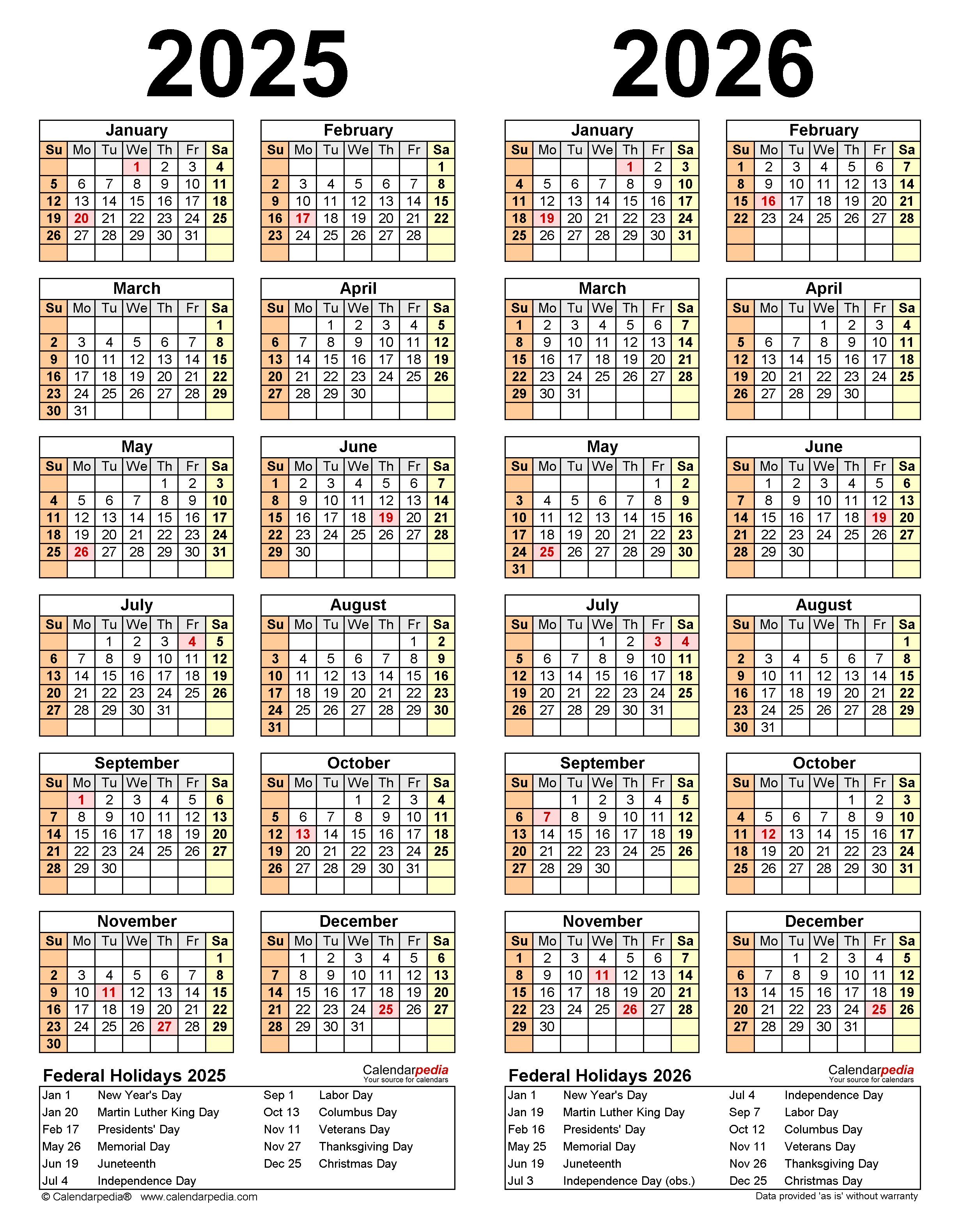
The 2026 calendar consists of 12 months, each with 30 or 31 days, except for February, which has 29 days in a leap year.

The following are some of the important dates and holidays observed in the years 2025, 2025, and 2026:
In addition to providing a visual representation of time, calendars often include additional features to enhance their functionality. These features may include:
The 2025, 2025, and 2026 calendars provide a comprehensive overview of the years ahead. By understanding the structure of the calendar and the important dates and holidays it contains, individuals can effectively plan their schedules, track their appointments, and make informed decisions about their time. Whether you prefer a traditional paper calendar, a digital calendar on your smartphone, or an online calendar that syncs with multiple devices, having an up-to-date calendar is an essential tool for staying organized and making the most of your time.








Thus, we hope this article has provided valuable insights into 2025, 2025, and 2026 Calendar: A Comprehensive Overview. We thank you for taking the time to read this article. See you in our next article!
